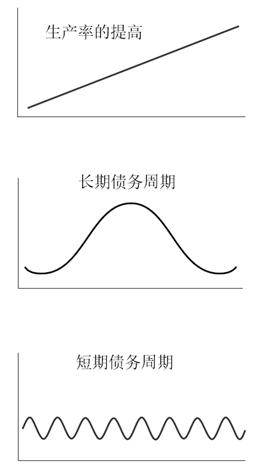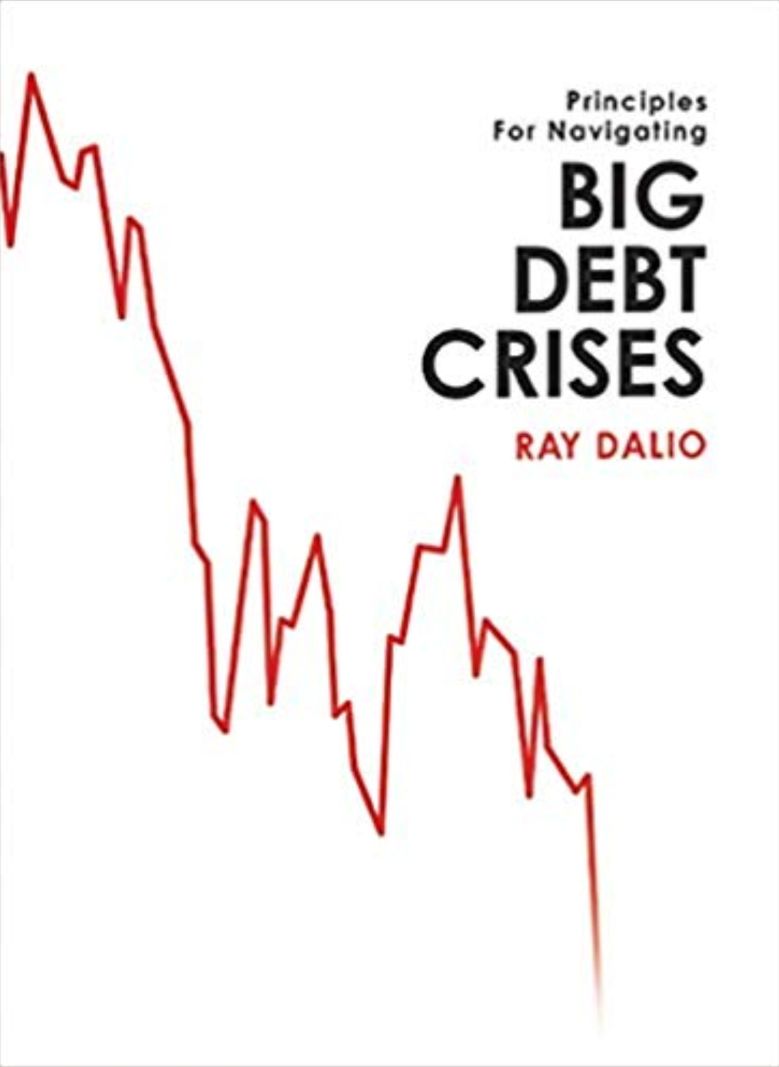Understanding Debt Forgiveness for Student Loans: A Comprehensive Guide to Relief Options
#### Debt Forgiveness Student LoansDebt forgiveness for student loans has become a crucial topic of discussion in recent years, especially as the burden of……
#### Debt Forgiveness Student Loans
Debt forgiveness for student loans has become a crucial topic of discussion in recent years, especially as the burden of student debt continues to weigh heavily on millions of graduates across the United States. With rising tuition costs and the increasing number of individuals pursuing higher education, understanding the options available for debt forgiveness is more important than ever.
#### What is Debt Forgiveness for Student Loans?
Debt forgiveness refers to the cancellation or reduction of the amount owed on student loans. This can occur through various programs designed to alleviate the financial burden on borrowers. The concept is particularly relevant for federal student loans, where specific criteria must be met to qualify for forgiveness.
#### Types of Debt Forgiveness Programs
There are several types of debt forgiveness programs available for student loans, each with its own eligibility requirements:
1. **Public Service Loan Forgiveness (PSLF)**: This program is aimed at individuals working in public service jobs. After making 120 qualifying monthly payments while working full-time for a qualifying employer, borrowers may have their remaining loan balance forgiven.
2. **Teacher Loan Forgiveness**: Teachers who work in low-income schools or subject shortage areas may qualify for forgiveness of up to $17,500 on their Direct Subsidized and Unsubsidized Loans after five years of service.

3. **Income-Driven Repayment (IDR) Forgiveness**: Borrowers enrolled in an IDR plan may qualify for forgiveness after making payments for 20 to 25 years, depending on the specific plan. This option is particularly beneficial for those with lower incomes relative to their debt.
4. **State-Specific Forgiveness Programs**: Many states have their own loan forgiveness programs aimed at attracting professionals to work in high-need areas, such as healthcare or education. These programs vary widely in terms of eligibility and benefits.
#### Eligibility Requirements
To qualify for debt forgiveness programs, borrowers must meet certain eligibility criteria. Generally, these include:
- **Loan Type**: Only federal loans are eligible for most forgiveness programs. Private loans typically do not offer forgiveness options.
- **Employment Status**: Many programs require borrowers to work in specific fields or for qualifying employers.

- **Payment History**: Consistent and timely payments are often a prerequisite for forgiveness.
#### Application Process
The application process for debt forgiveness can vary depending on the program. Typically, borrowers must complete the following steps:
1. **Determine Eligibility**: Review the specific requirements for the desired forgiveness program.
2. **Submit Necessary Documentation**: This may include employment verification, payment history, and loan details.
3. **Follow Up**: After submitting the application, it’s crucial to follow up with the loan servicer to ensure that the application is being processed and to address any potential issues.

#### Conclusion
Debt forgiveness for student loans is an essential lifeline for many borrowers struggling to manage their student debt. By understanding the various programs available and the eligibility requirements, individuals can take proactive steps toward financial relief. As the conversation around student debt continues to evolve, staying informed about changes in legislation and new forgiveness opportunities is vital for borrowers seeking to alleviate their financial burdens.
In summary, debt forgiveness student loans can provide a pathway to financial freedom for many. Whether through public service, teaching, or income-driven repayment plans, there are options available to help reduce the weight of student debt.